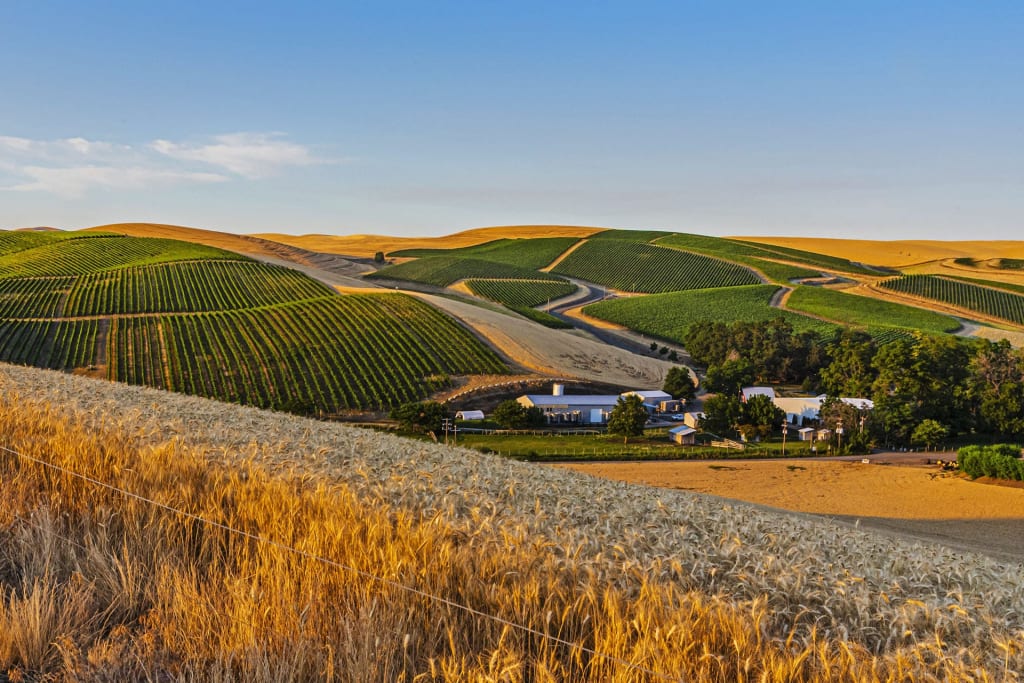Ask a wine savvy person to name the birthplace of the Malbec grape and they are likely to say Argentina. That's because the South American country took to Malbec when it was losing favor in France.
On the other hand, the same wine savvy person might also hazard a guess for the French wine region of Cahors. Another good guess, but the home-ground of Malbec is Bordeaux, the famous wine region, not that far from Cahors, in southwest France.
Historically, Malbec lingered in the background in Bordeaux, while maintaining a home base in Cahors, where it became known as Auxerrois. Then, by the mid-20th century, having made a comeback from a damaging vine-pull scheme in Argentina, Malbec rose to international fame.
Malbec in Bordeaux
In Bordeaux, Malbec was relegated to second place, along with Petit Verdot, behind the more regal Cabernet Sauvignon, Merlot and Cabernet Franc. That was the varietal makeup before 1956 when a severe frost swept through Bordeaux vineyards, especially in the left-bank vineyards of the Medoc.
Malbec never fully recovered and by 2011 there were only a few thousand producing acres of Malbec left in all of Bordeaux. Today, Malbec is included in traditional Bordeaux blends by some chateaux, but it is not bottled as a varietal. Malbec stayed constant in Cahors and today it is widely planted.
 |
| Cahors castle looming over a vineyard |
Malbec in Cahors
Cahors is an ancient wine region producing a "modern" wine. In the 19th century, Cahors red wines were known as "black wines" for their deep inky color and were used mainly to give color to weaker Bordeaux wines. Near the end of the century, phylloxera drastically reduced the vineyards, followed by a second setback in 1957, when a hard freeze nearly destroyed all of the vines.
Growers rebounded with a replanting scheme of Malbec, or Cot as the variety is known locally. Improvements also included more modern winery equipment and wine making techniques.
Today's Cahors is at least 70% Malbec, with Tannat and/or Merlot making up the balance. Having a blending choice allows winemakers to opt either for the harder more tannic Tannat, the softer Merlot, or use both varieties. Moving away from the heavier "black wine of Cahors" to a lighter fruitier style, positions Cahors as a modern red wine with international appeal.
The taste of Cahors is ripe plums, raisins and subtle earthy notes. Oak adds spice to the overall complexity. The level of tannin in the finish depends if the wine is a straight Malbec, or a blend with Merlot or Tannat.
Popular Cahors brands: Clos La Cautale, Ch. la Caminade, Ch. du Cedre, Ch. Lamartine, Jouves & Croisille, Ch. la Coustarelle.
Malbec in Argentina
In the early years of wine making in Argentina, starting in the 16th century, grape growing and wine making were under the aegis of the Catholic church. Eventually, the Church's grip began to loosen and finally dissolved for everything but sacramental wine.
Malbec was imported from France in 1851 and steadily grew in popularity in the vineyards of Mendoza, the largest wine region in Argentina. Besides its popularity as a varietal, Malbec is the dominant variety in red blends, with Cabernet Sauvignon a secondary component.
Although Mendoza Malbec is known throughout the world, other Argentine regions such as San Juan, Salta and La Rioja produce noteworthy varietal Malbec.
Argentine Malbec is deeply colored, occasionally with purple tints. The wines are robust, with lush fruit flavors, good acidity and moderate to full tannins.
Look for Argentine Malbec from Catena, Familia Zuccardi, Luigi Bosca. Terrazas de Los Andes.
Malbec Elsewhere
At last count, Washington state has about two dozen different Malbecs, both varietal and in blends, including Barnard Griffin, Patterson Cellars, Ch. Ste. Michelle, Walla Walla Vintners.
Most of the Malbec grown in California's north coast goes into blends, but there are also varietal Malbecs from Sebastiani, Crane Lake, Justin, Silverado Vineyards.
Australia has a handful from producers like Henschke and Taltarni. New Zealand and Chile, even fewer.
For your next encounter with Malbec, arrange a vertical tasting of one wine from each of the areas where Malbec is made. Invite a few friends over and enjoy!
Correction: The total number of Cru Bourgeois chateaux that made it into the classification is 170, not 220, as I reported in the February 22, 2025 post. The breakout, as of 2025: 120 recognized as Cru Bourgeois, 36 as Cru Bourgeois Supérieur and 14 wines as Cru Bourgeois Exceptionnel.
Cahors & Malbec photos: Freepik
Next post: Prosecco Rising
Leave a reply at boydvino707@gmail.com










